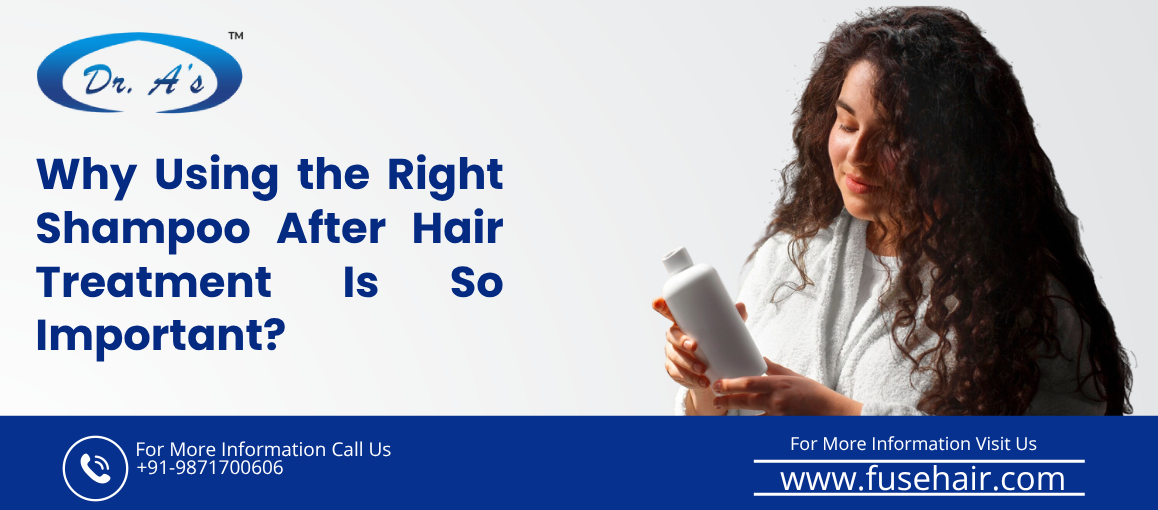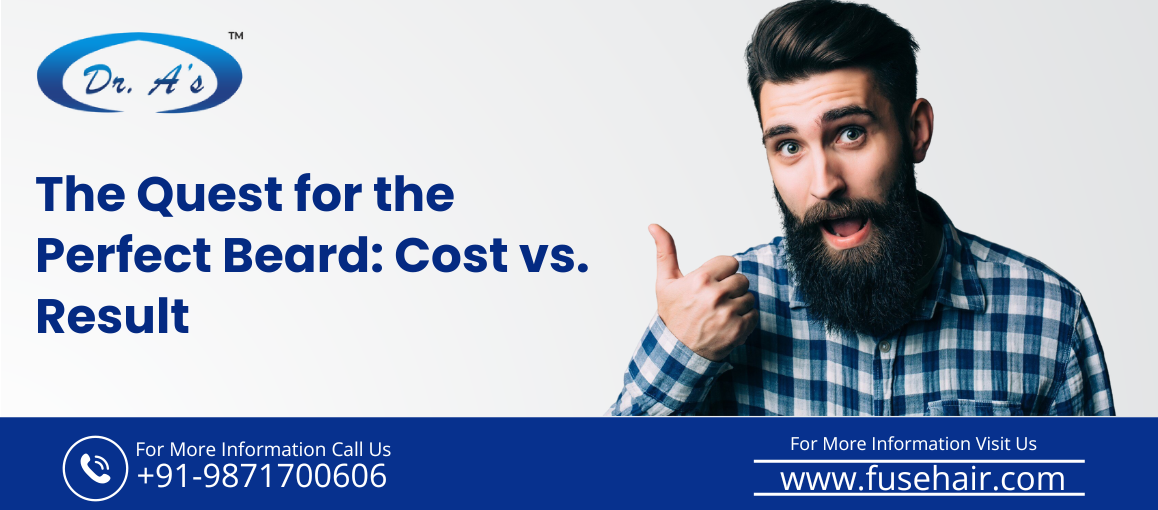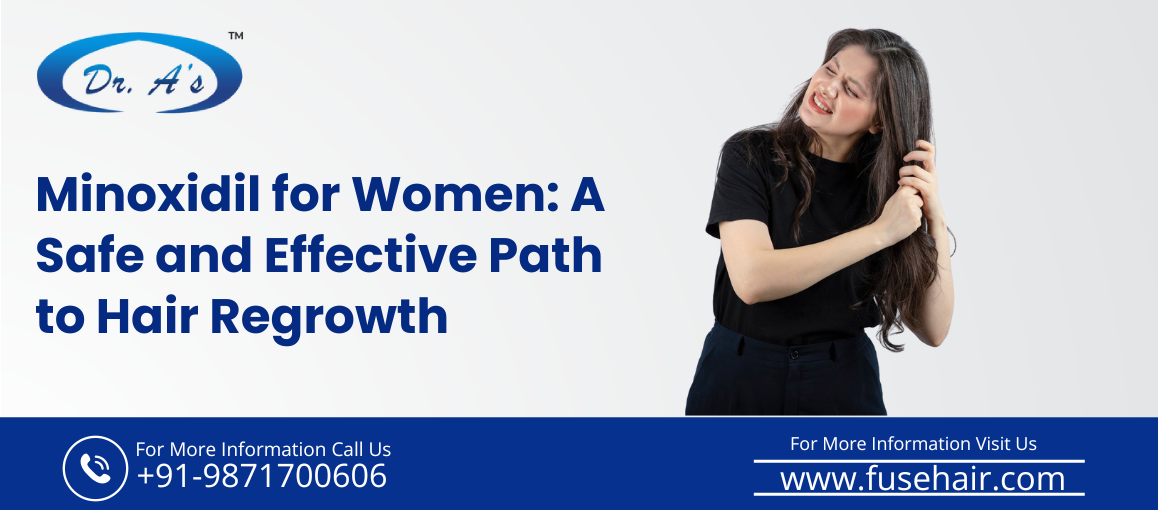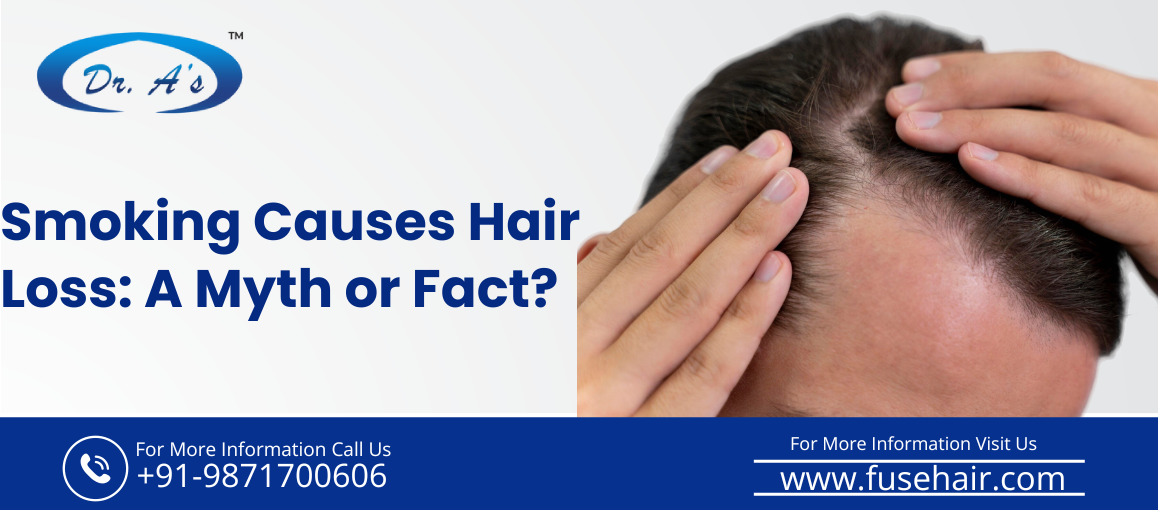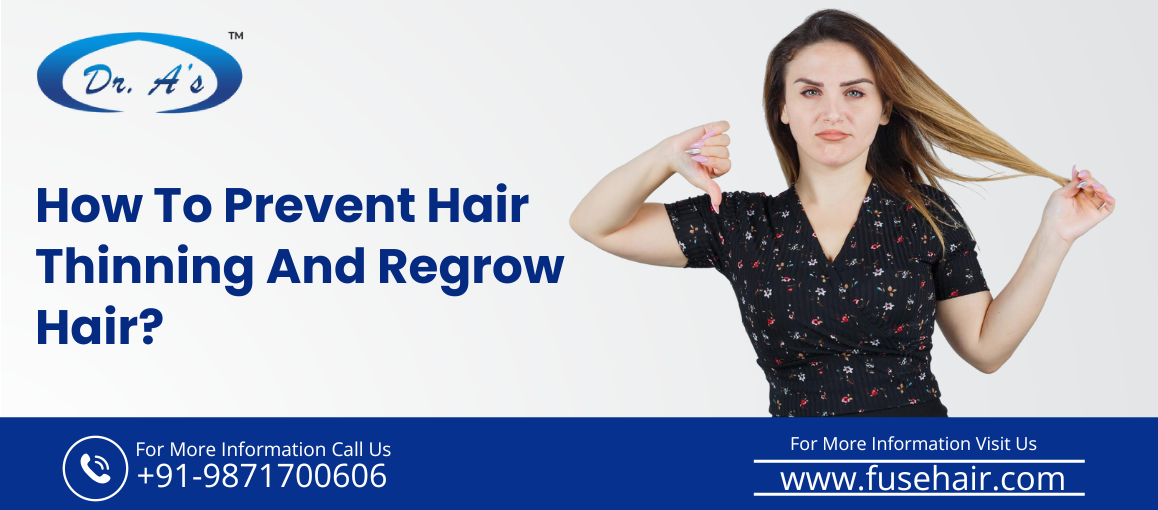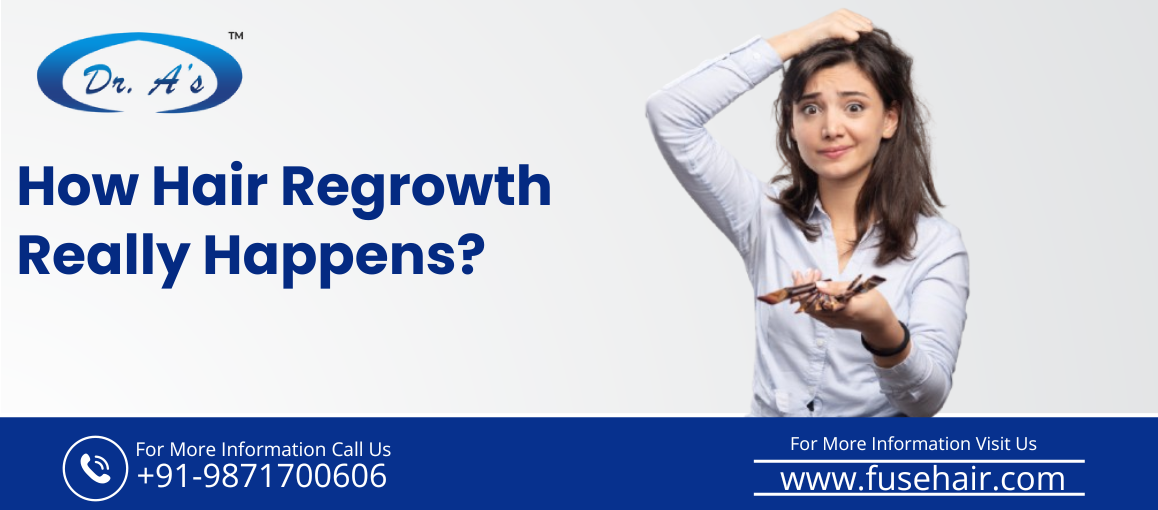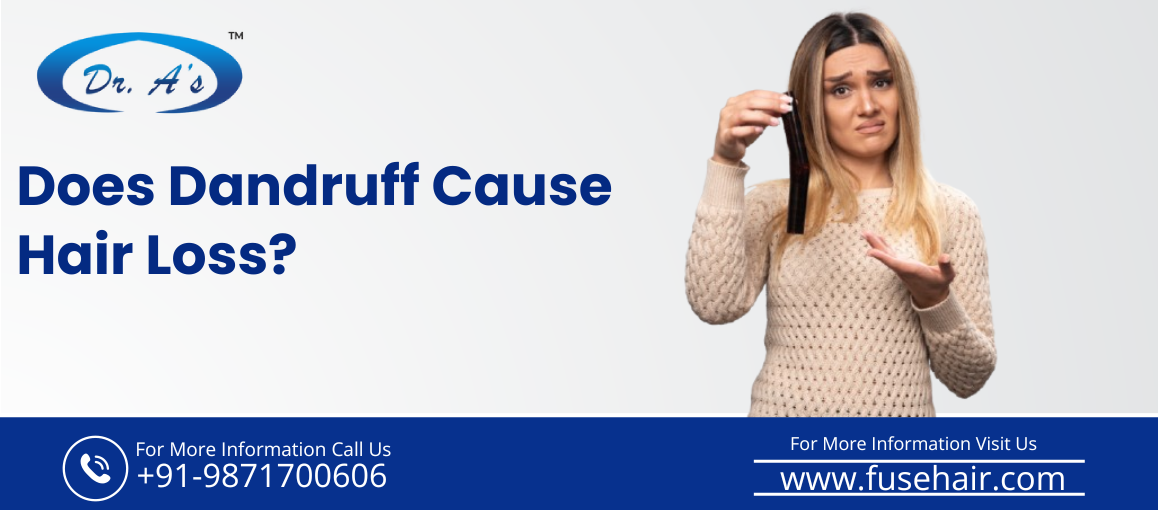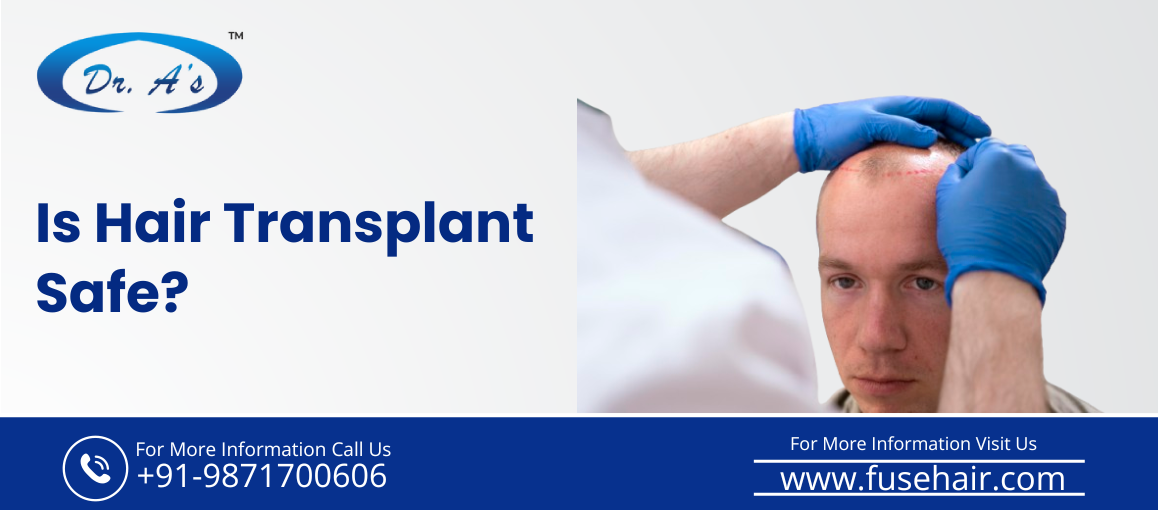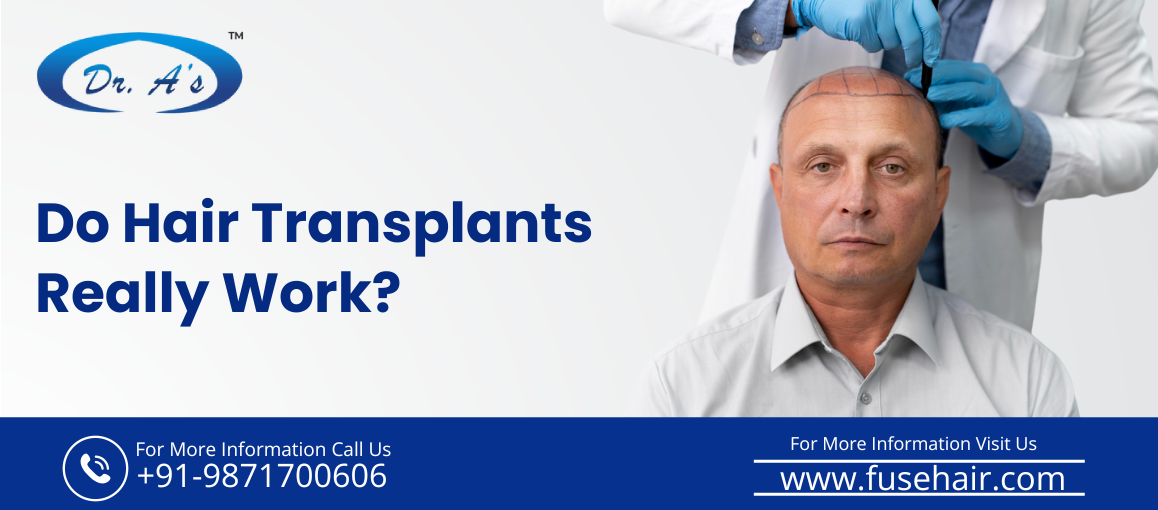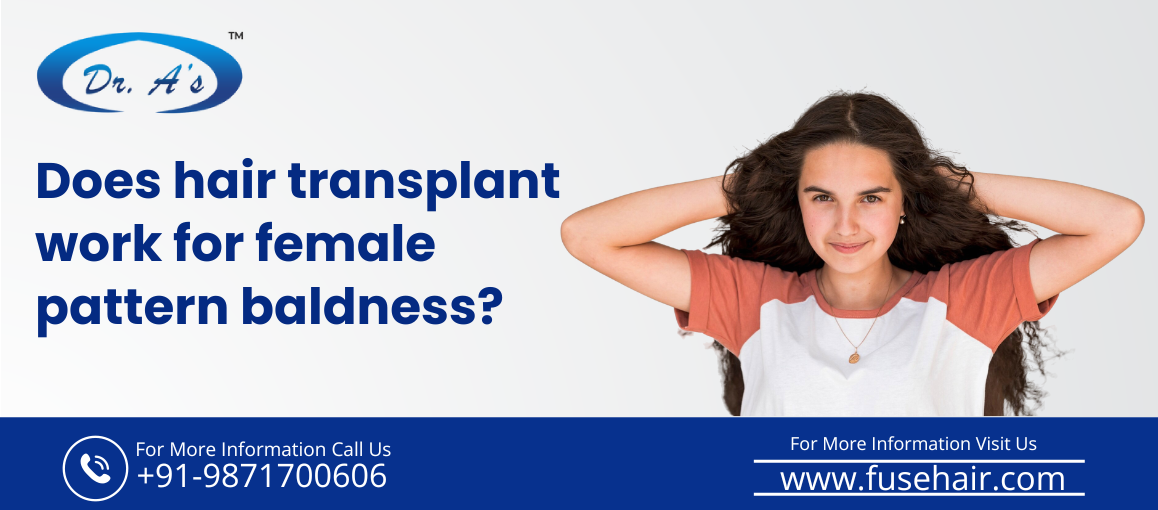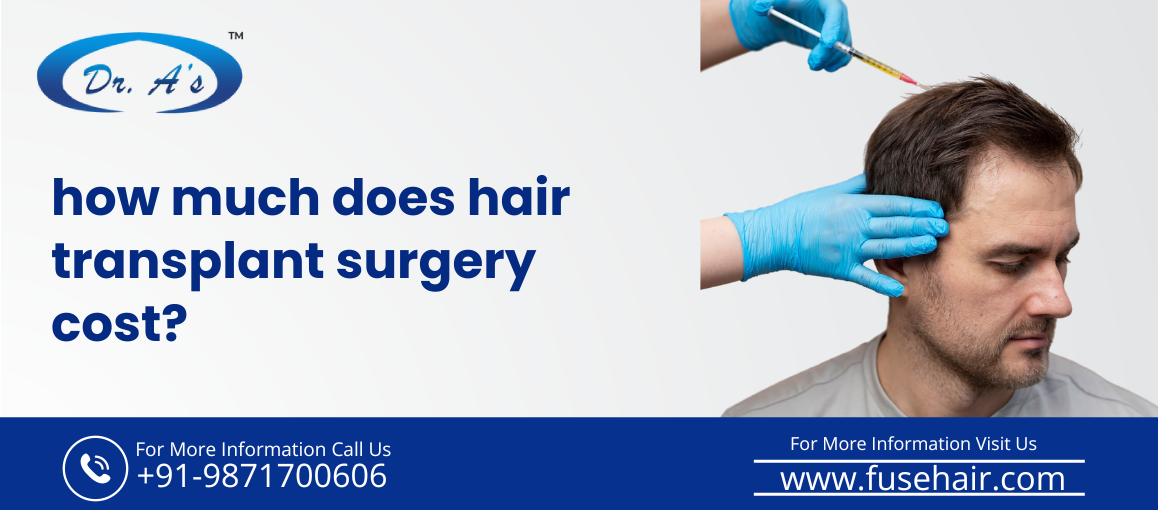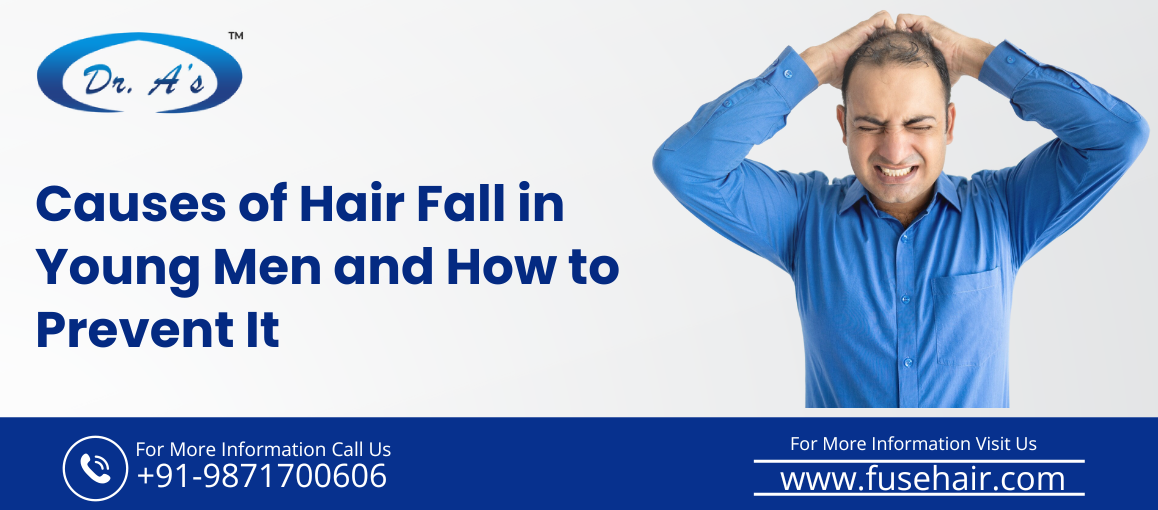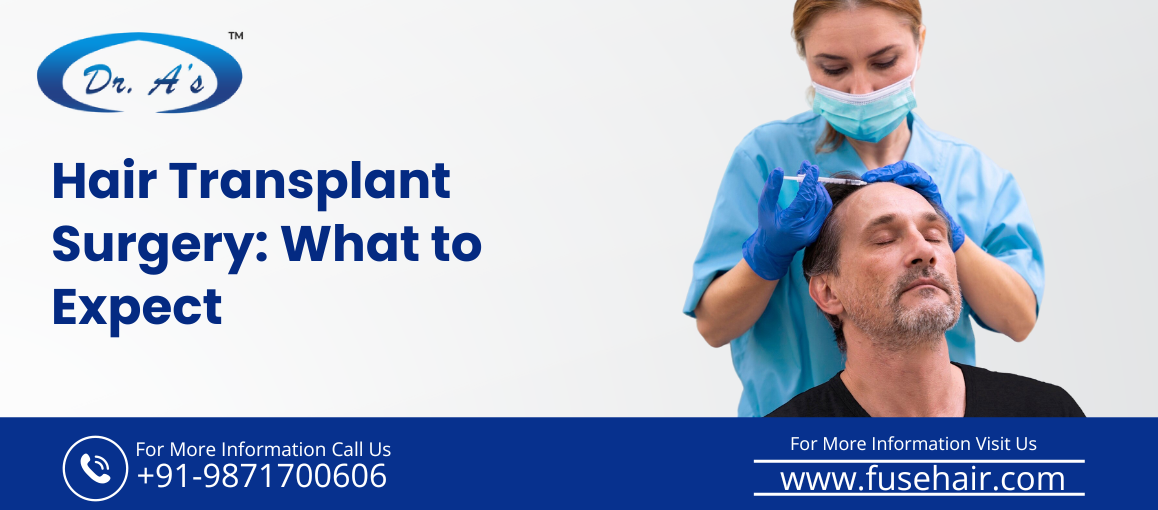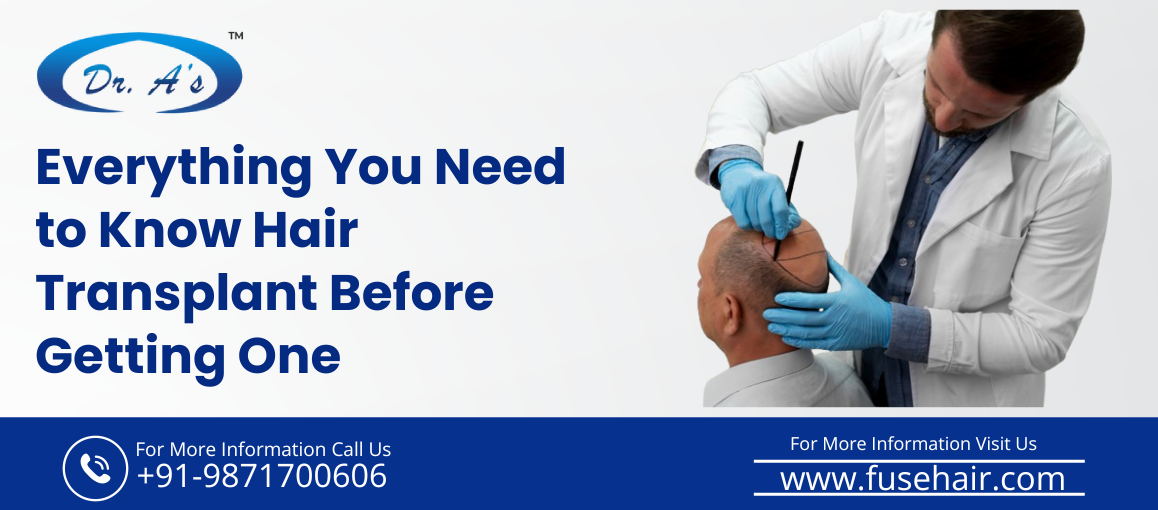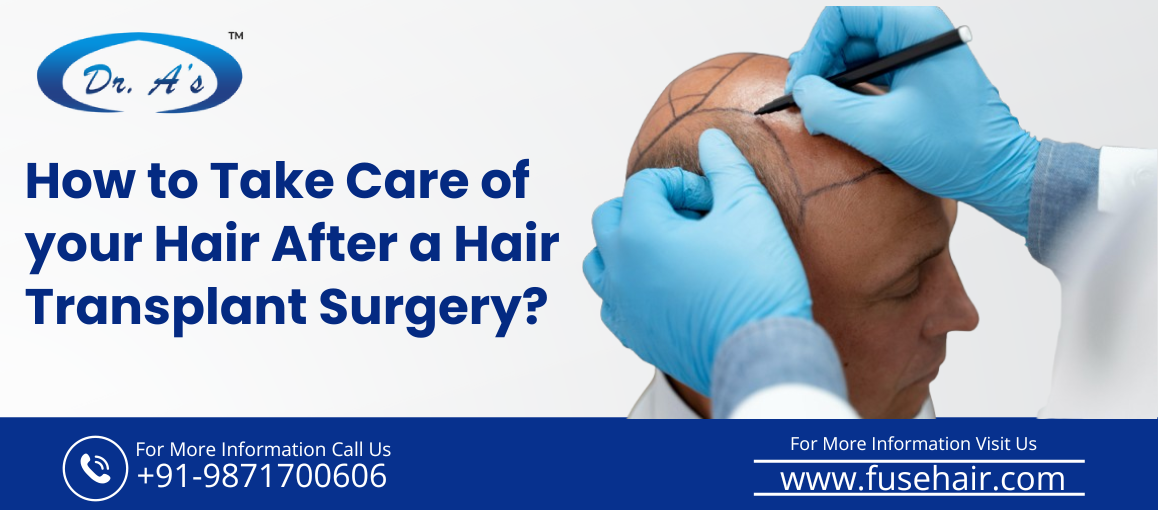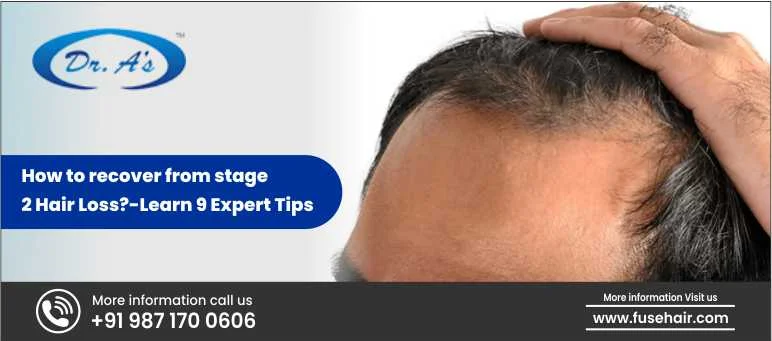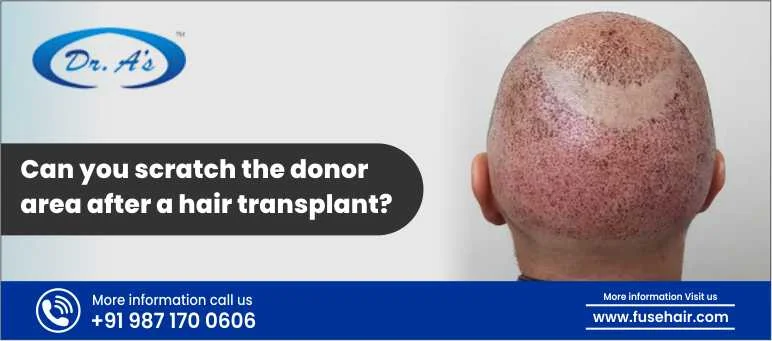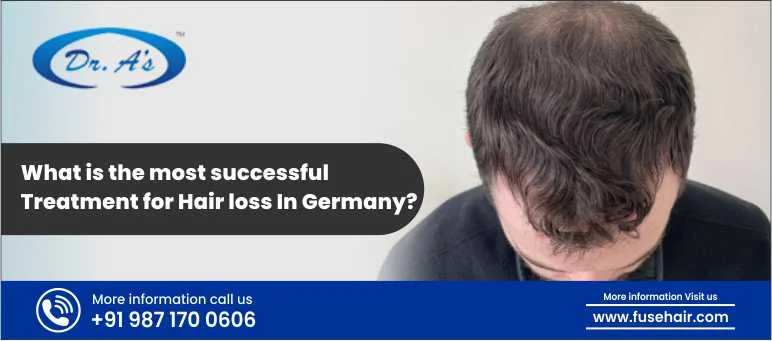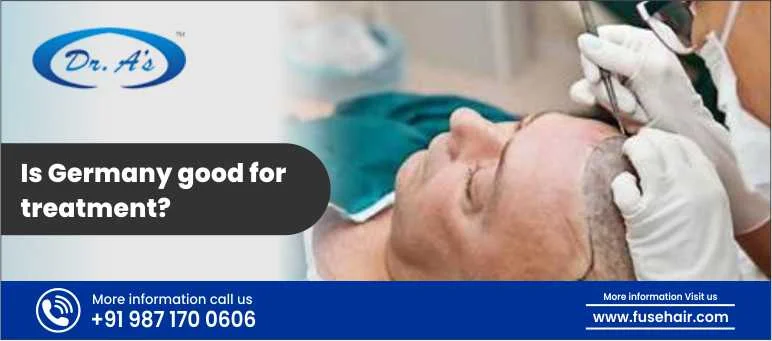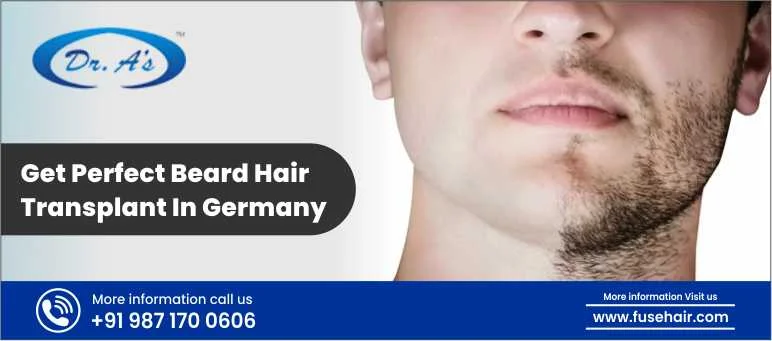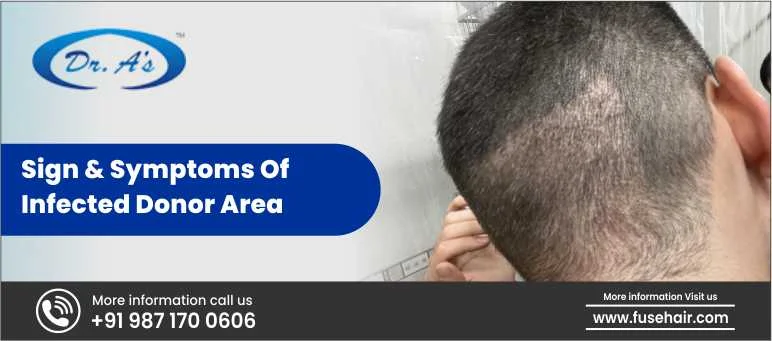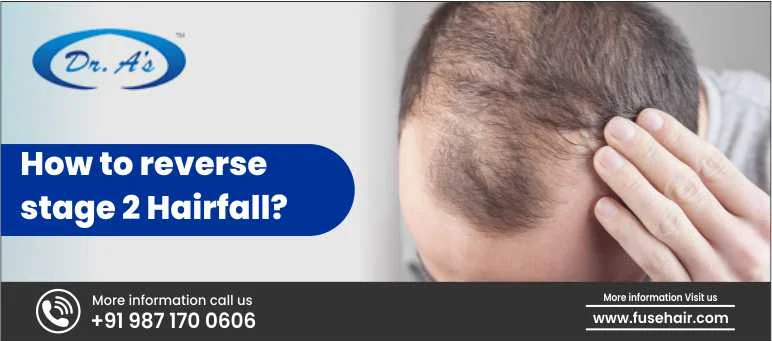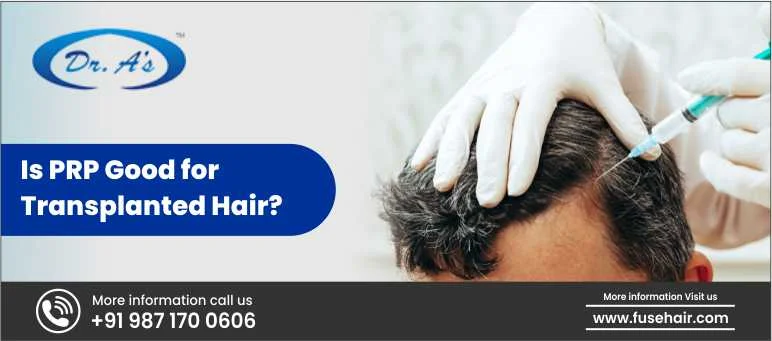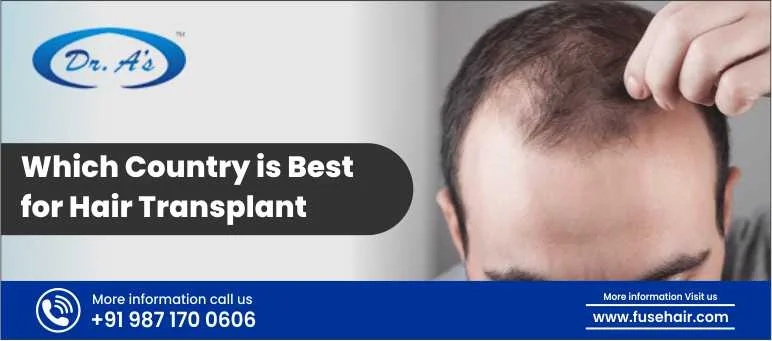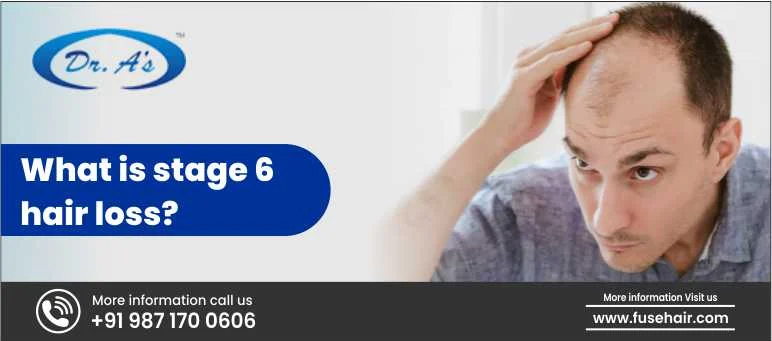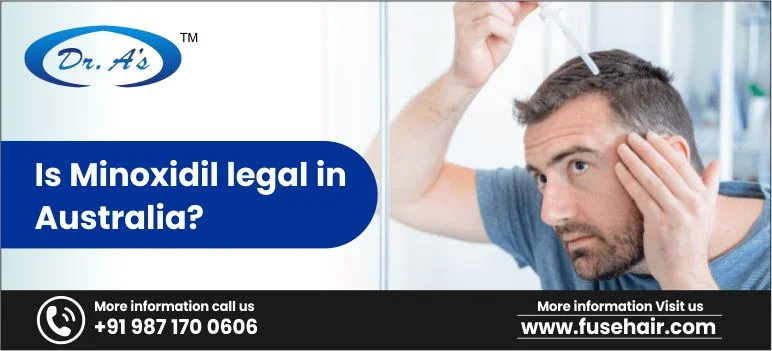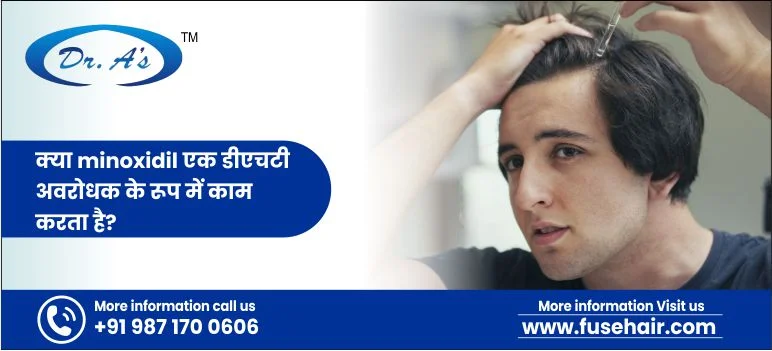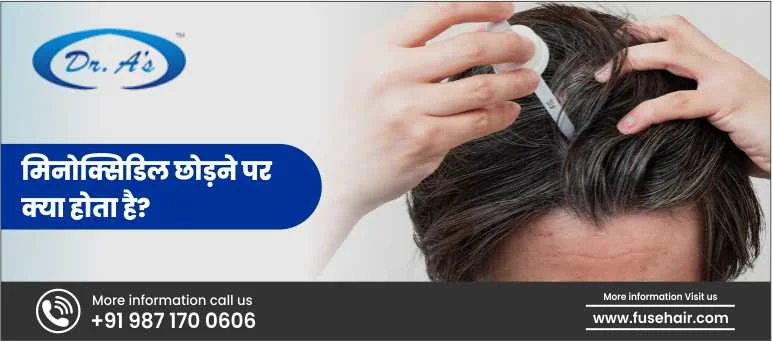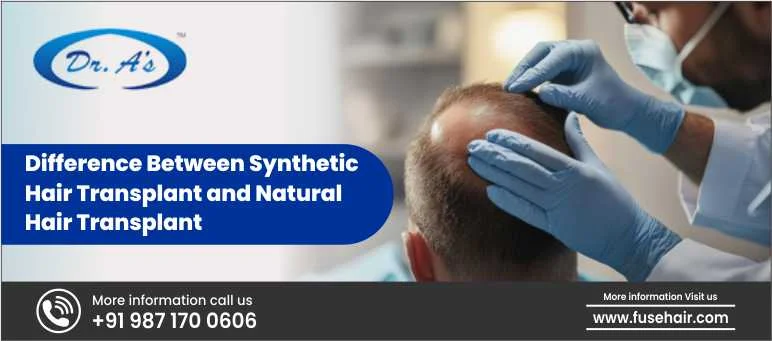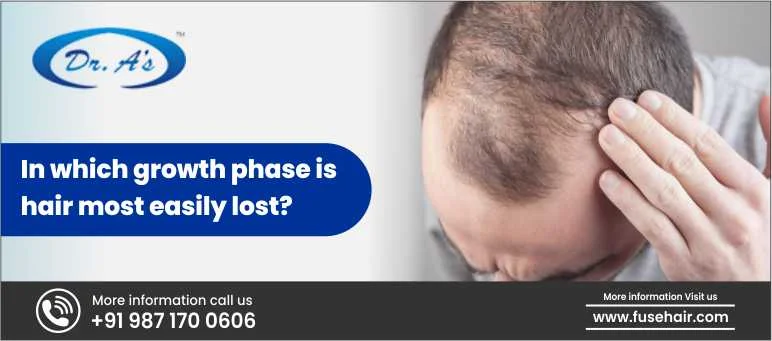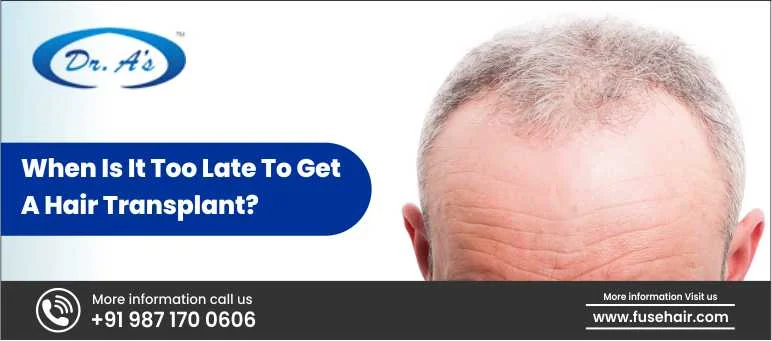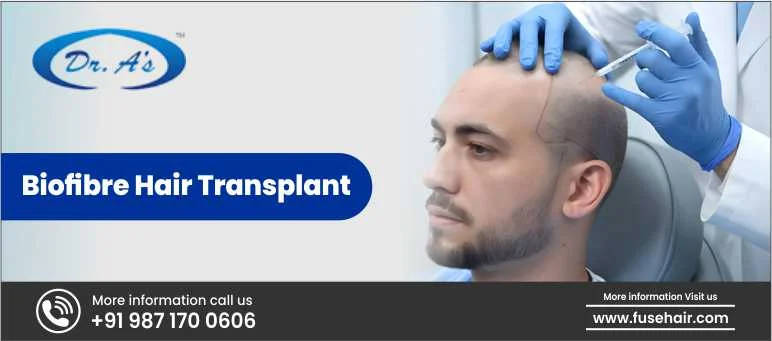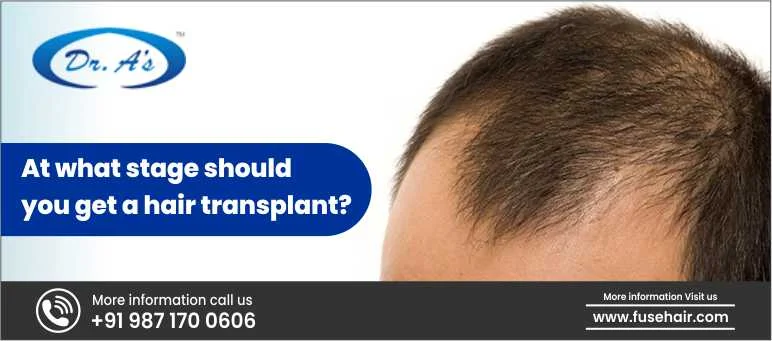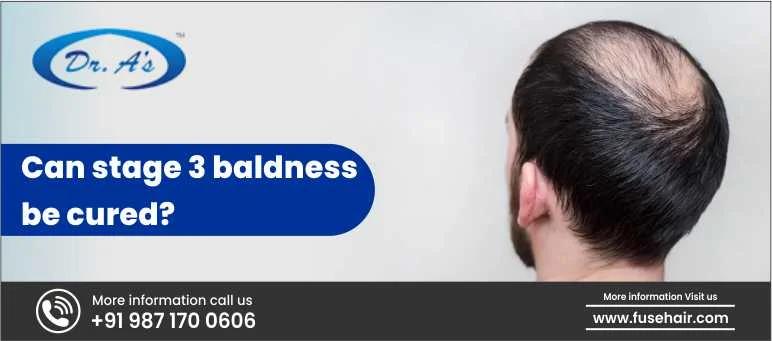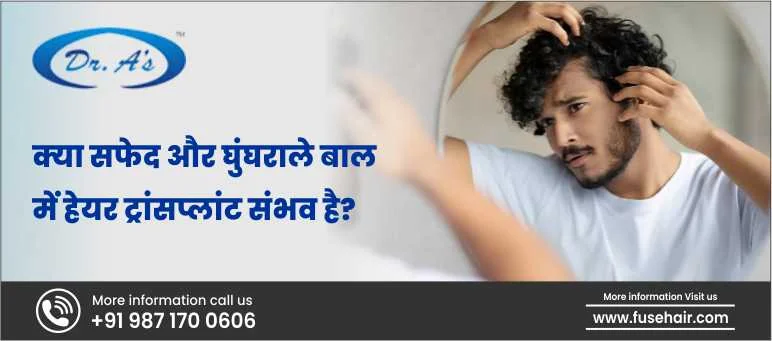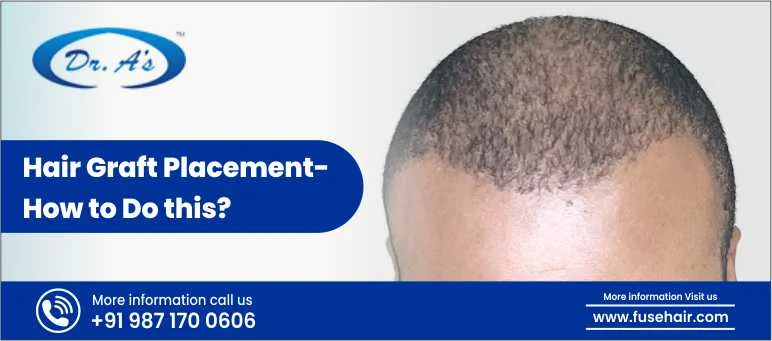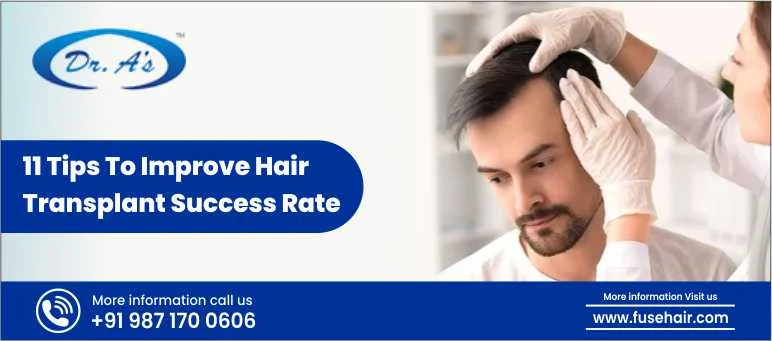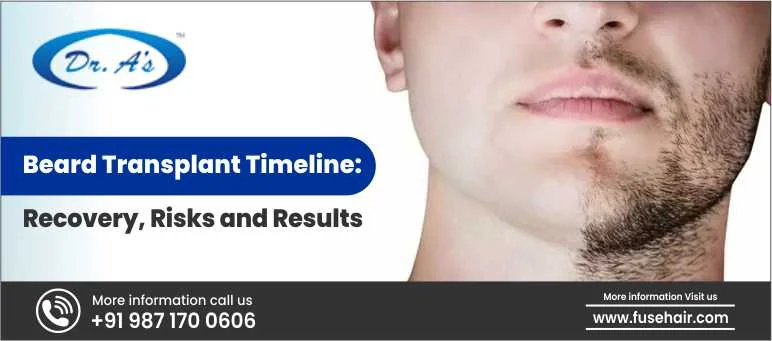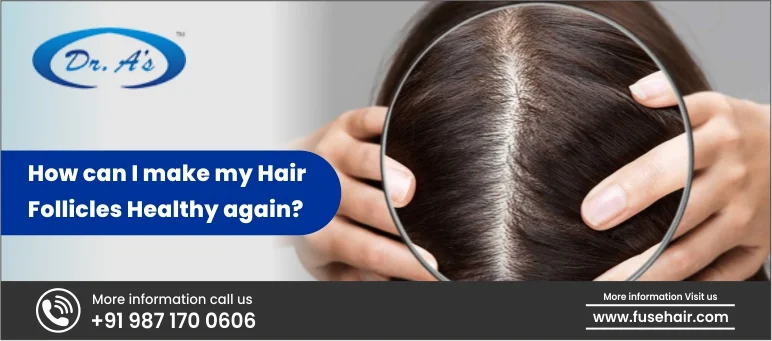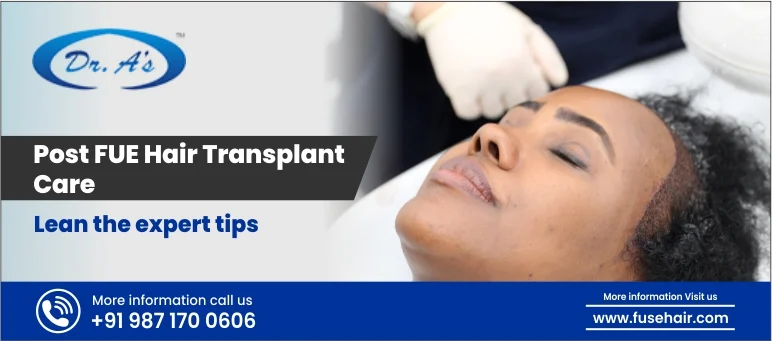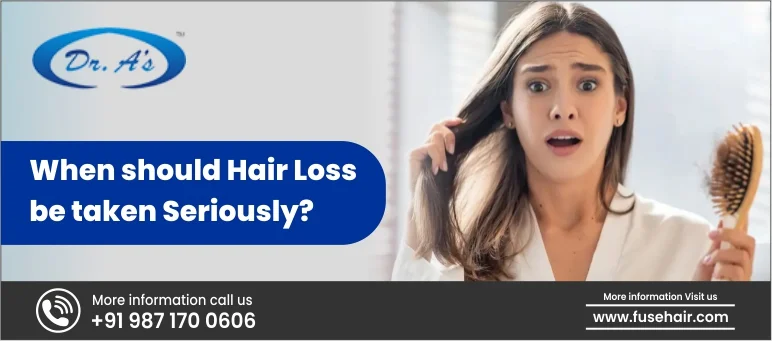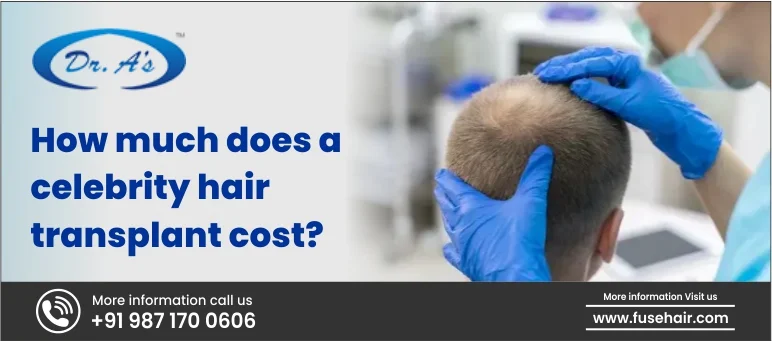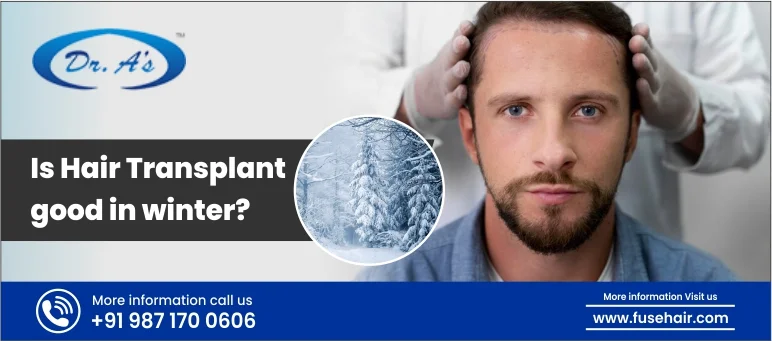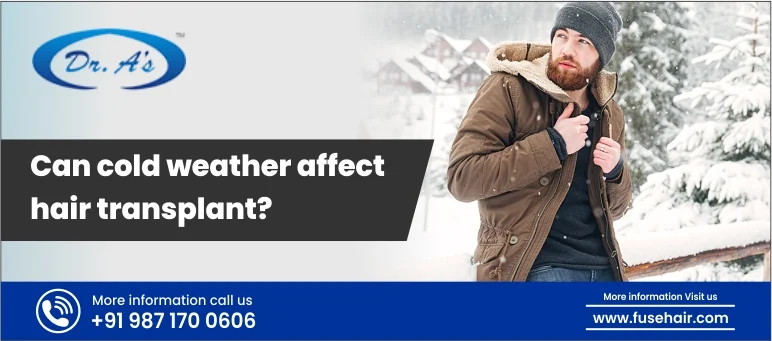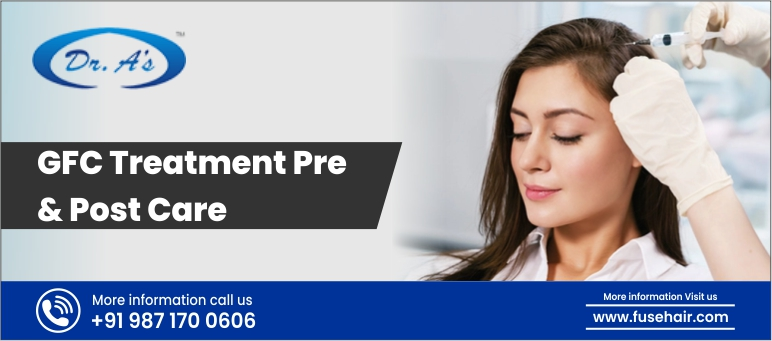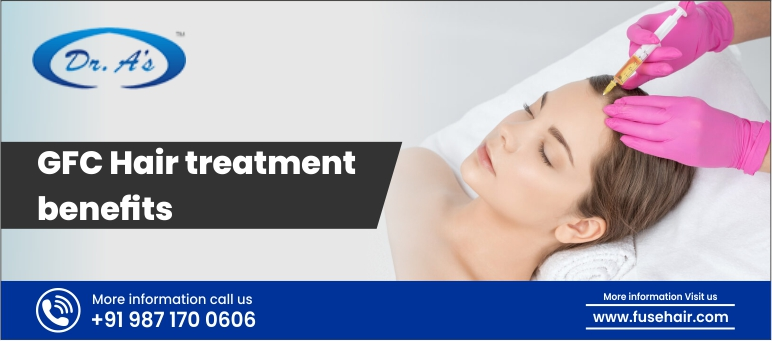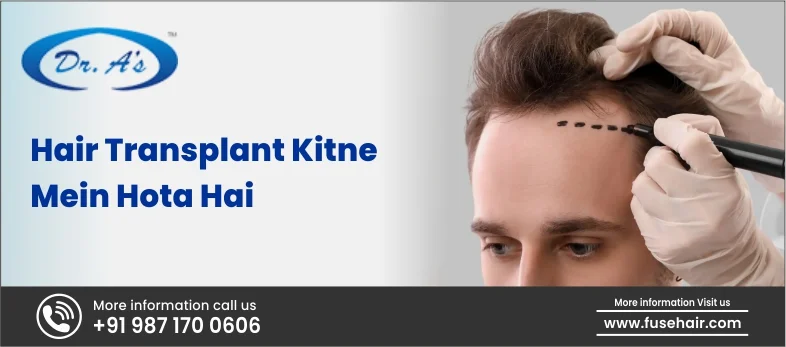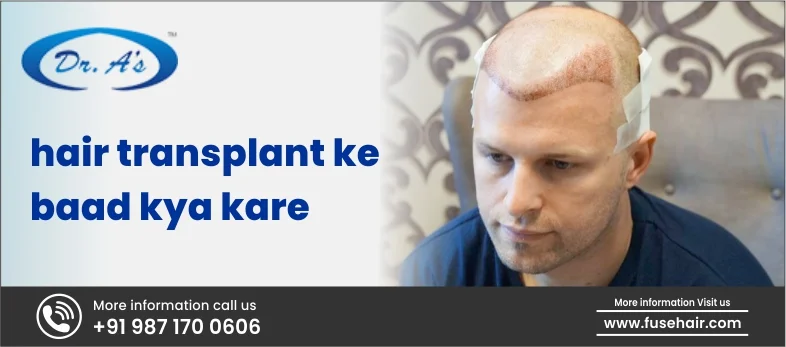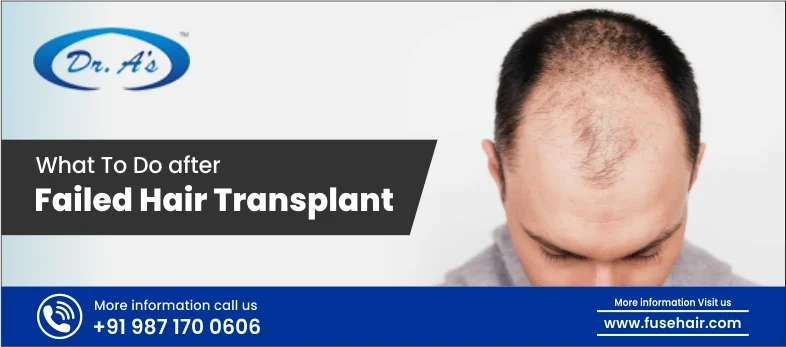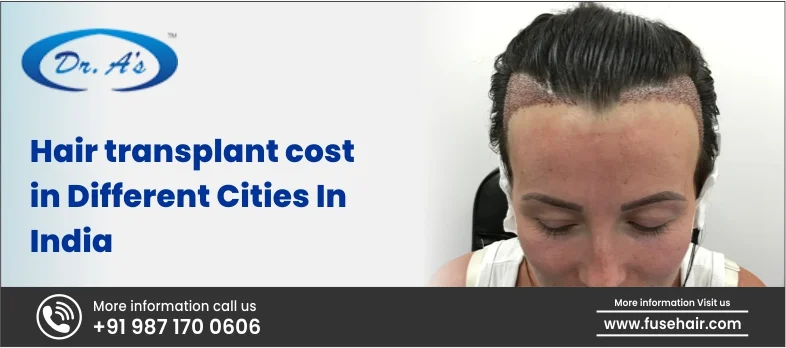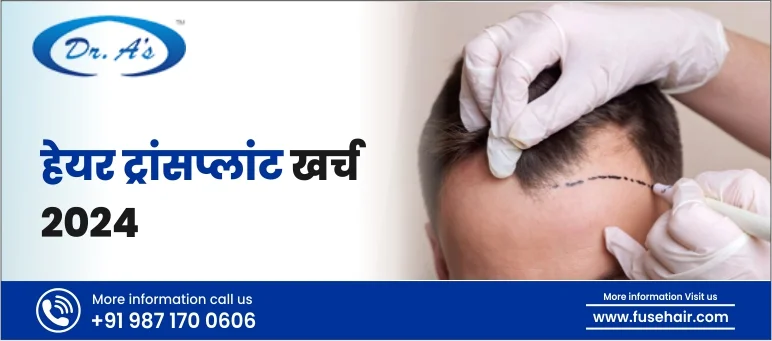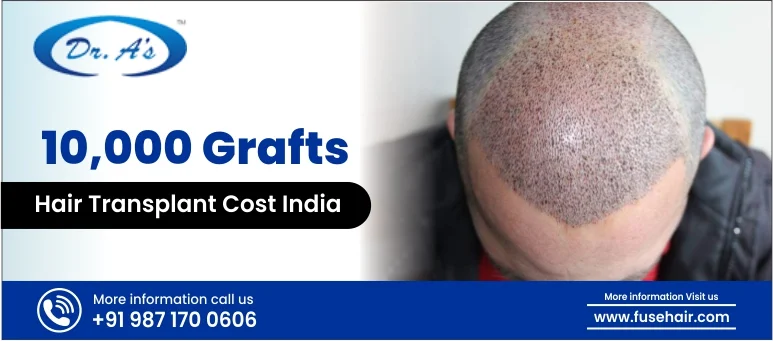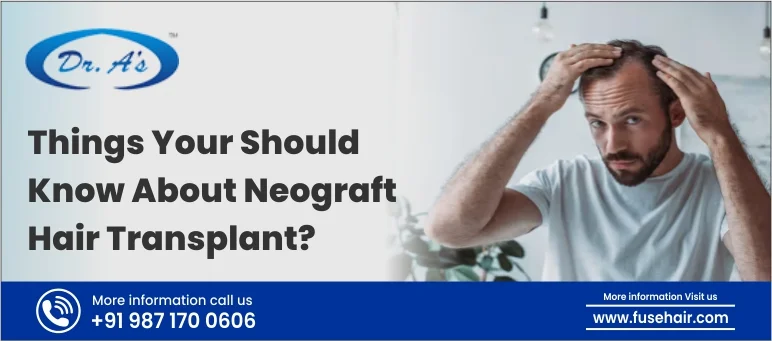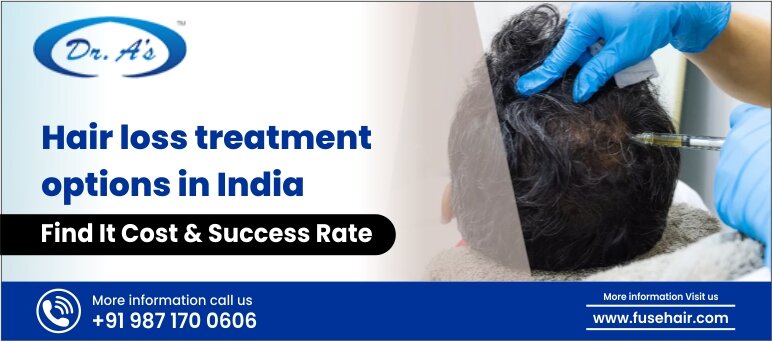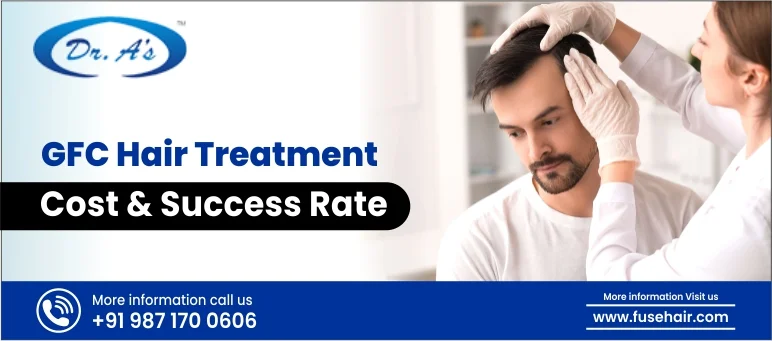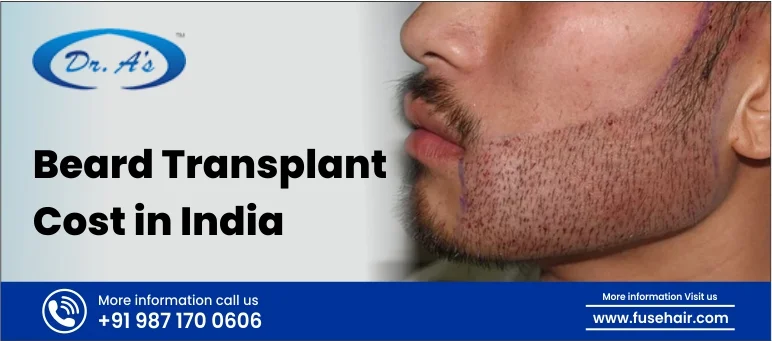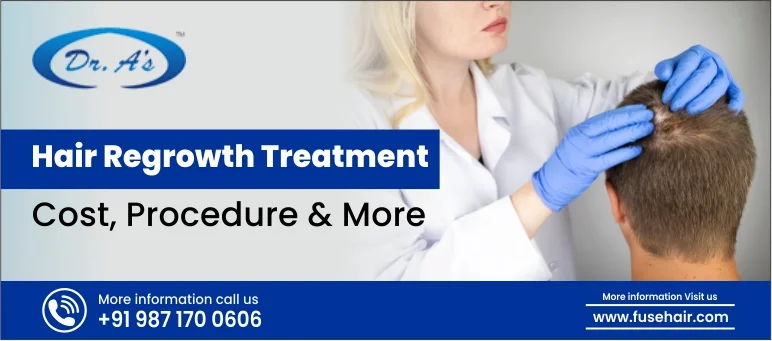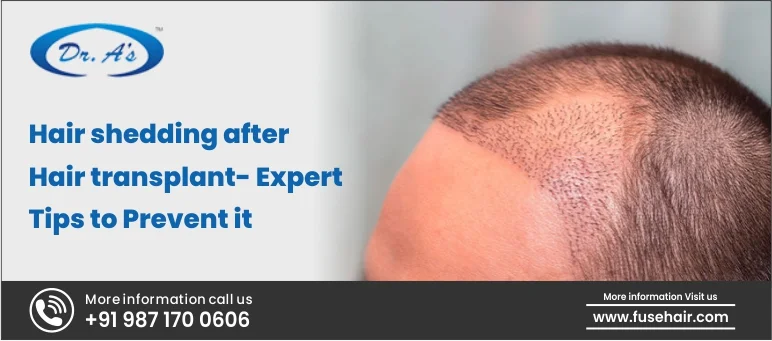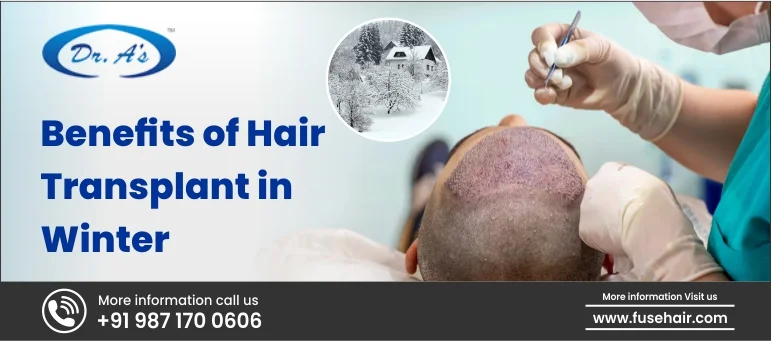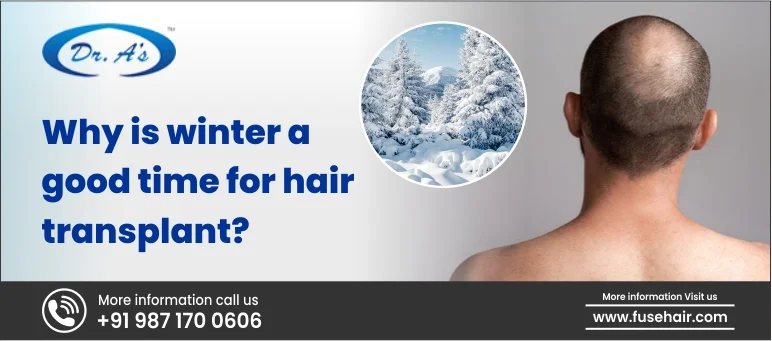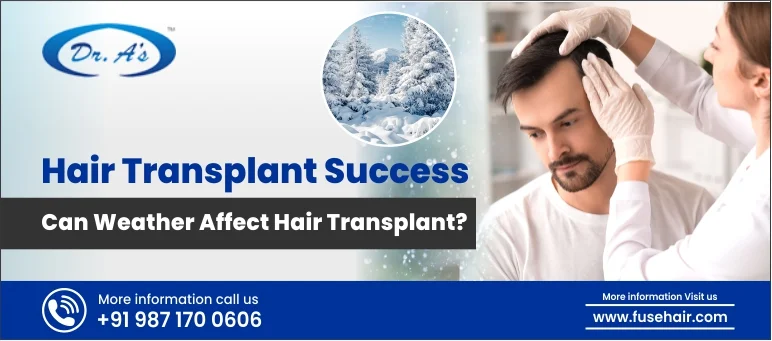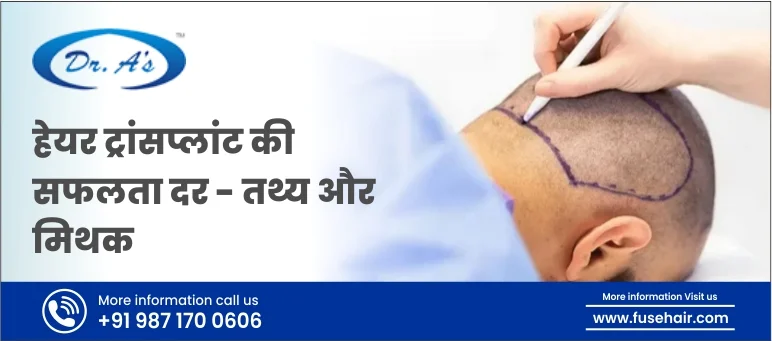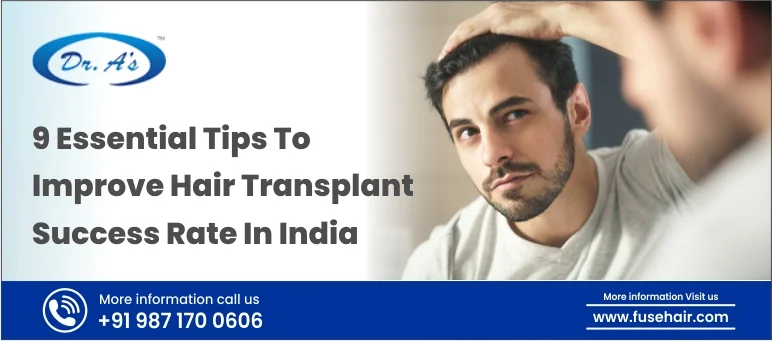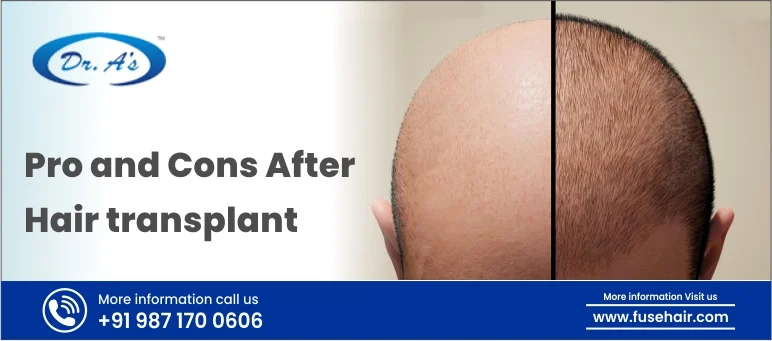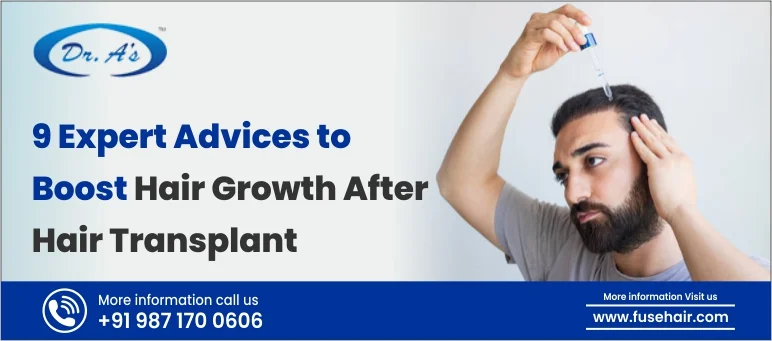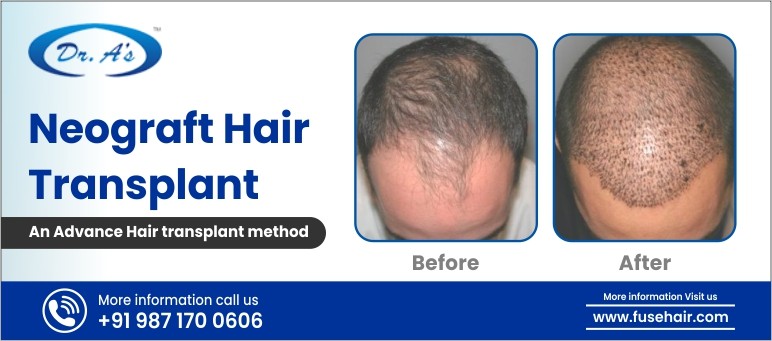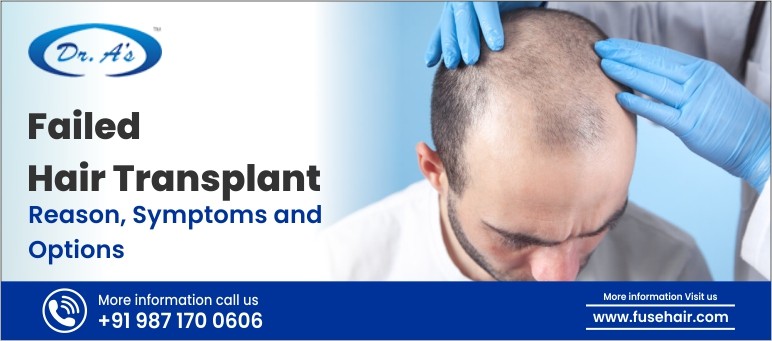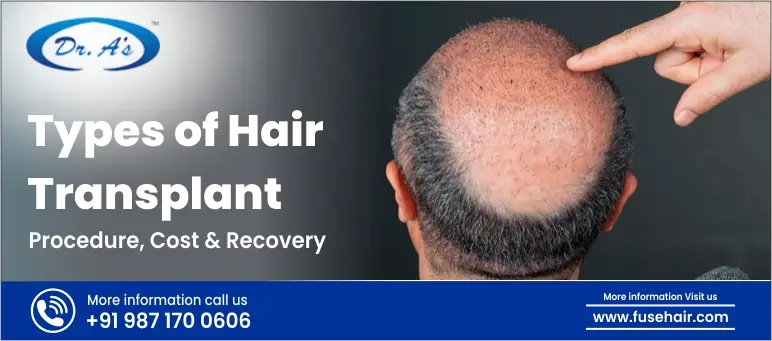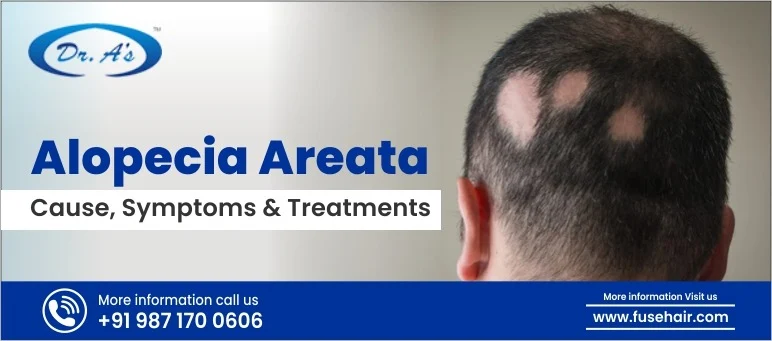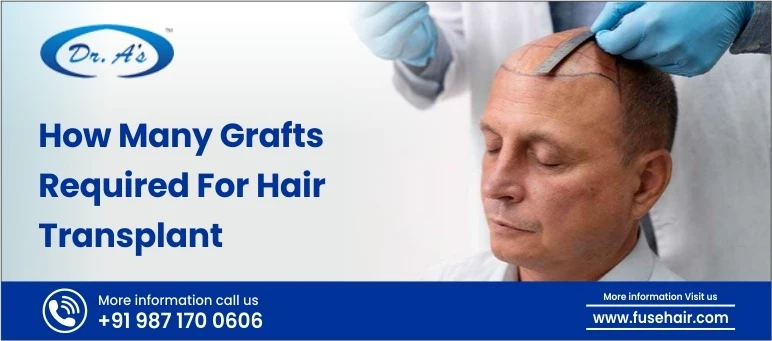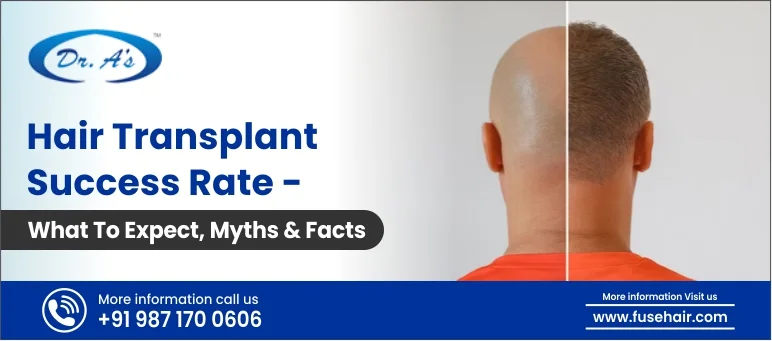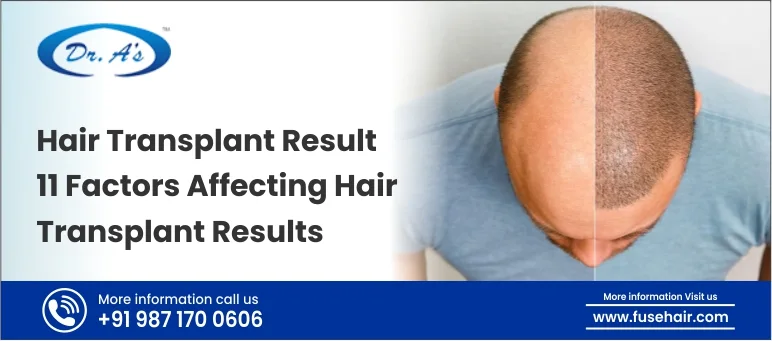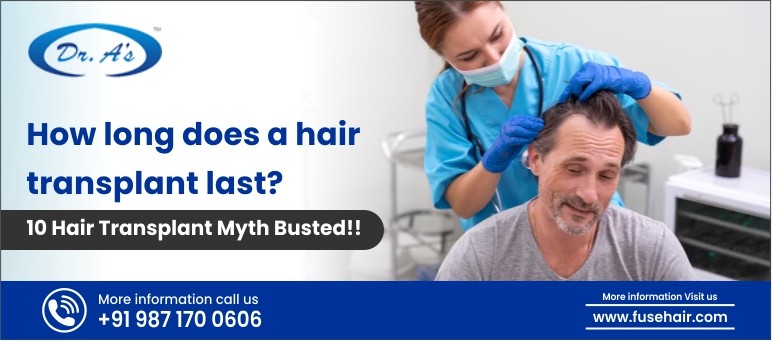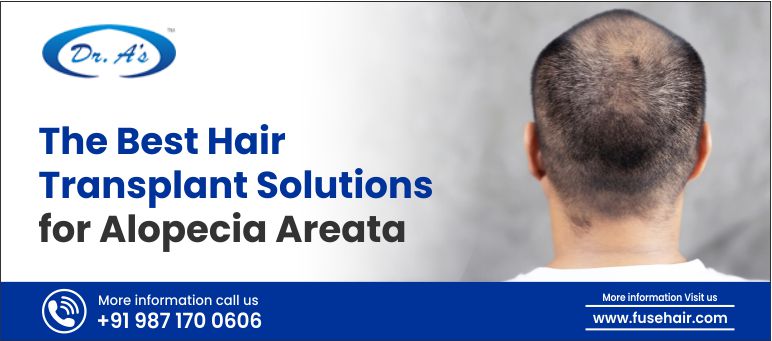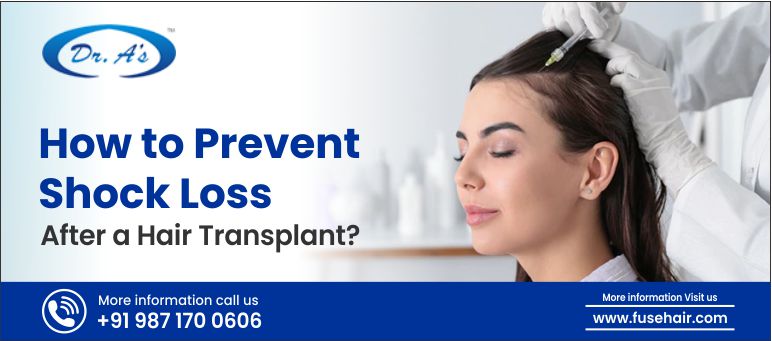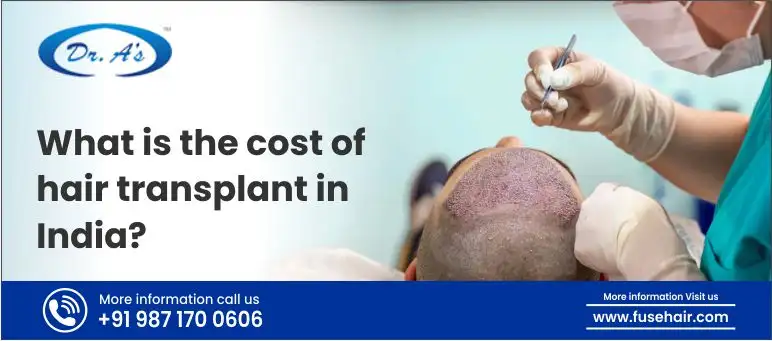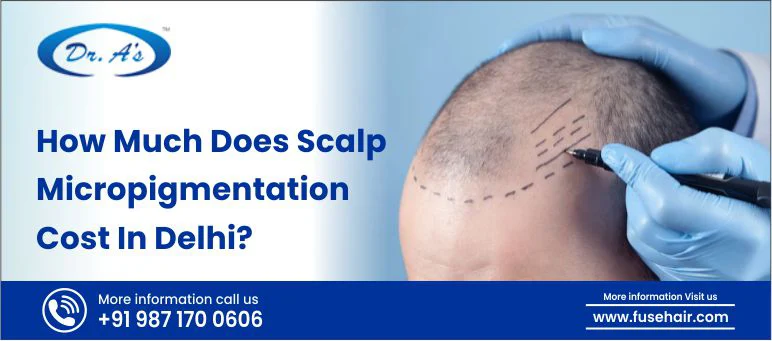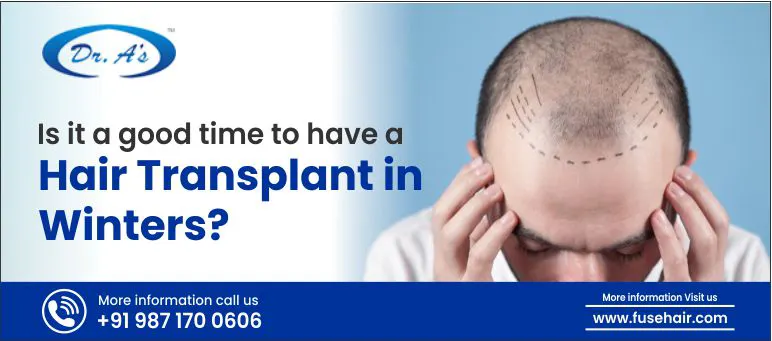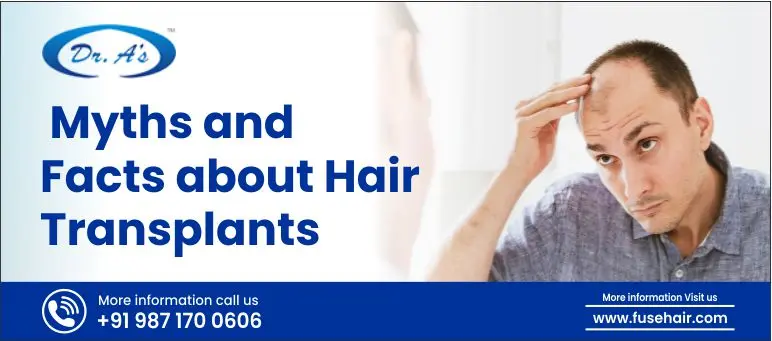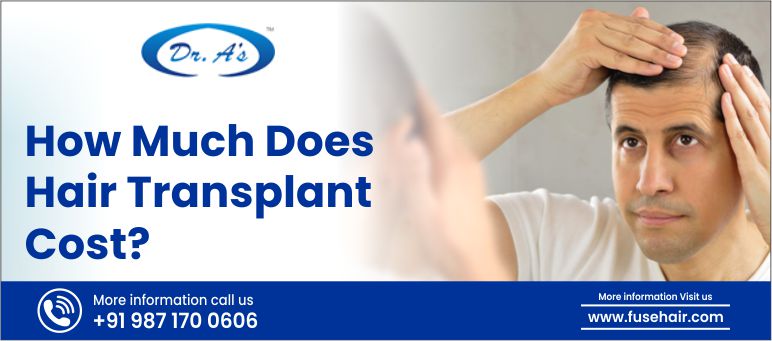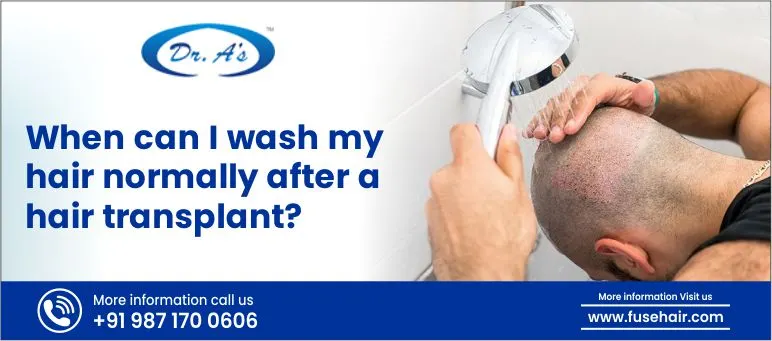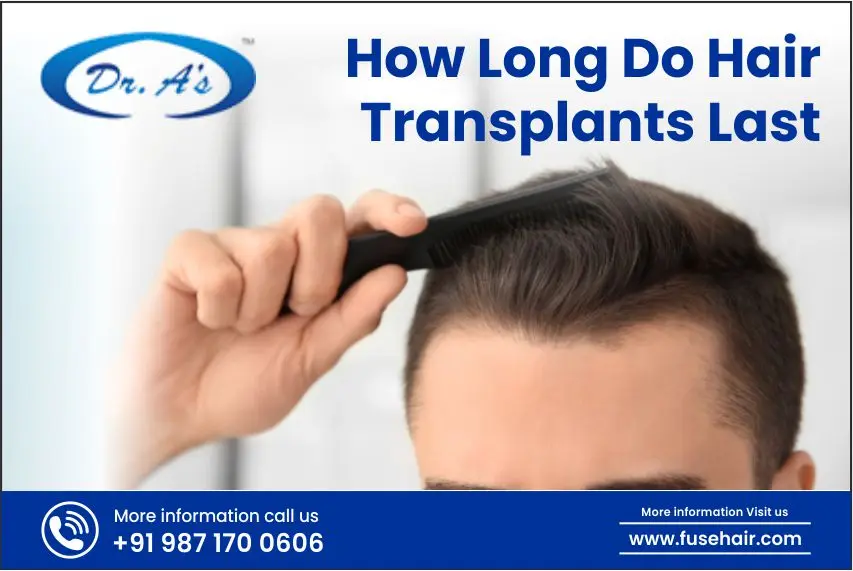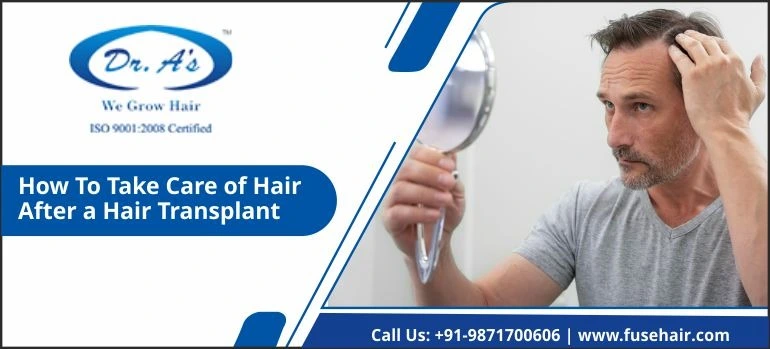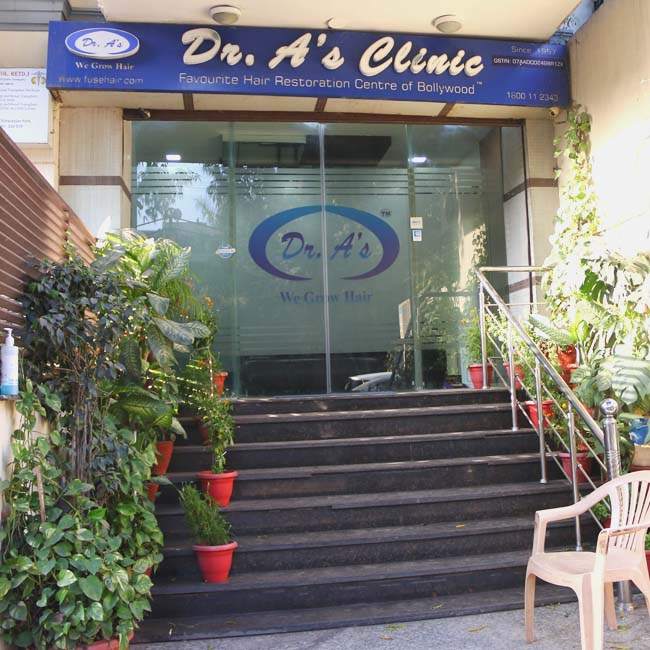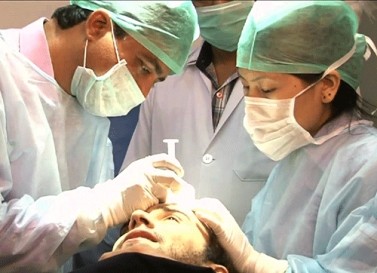
In hair transplantation, the donor area refers to the back and side part of the head, where a hair transplant specialist extracts hair follicles to implant them in the affected (balding or thinning) area. The hair follicle harvesting involves the extraction of one hair follicle at a time or a strip. During FUE hair transplantation, one at a time, hair follicles are extracted, but during FUT hair transplantation, strips of hair are extracted to implant them on the recipient or affected area.
The hair transplantation procedure is safe, and the donor area requires ample time for recovery. But if you want to speed up your donor recovery, then you should incorporate some changes in your hair routine and lifestyle.
For a detailed schedule with the healing process, medications, therapies, and expert advice, Dr. A’s Clinic is your ultimate solution. Here, our hair transplant surgeon, Dr. Arvind Poswal, will guide you on a speedy, rejuvenated healing journey within a few weeks of transplantation.
What is Donor area healing?
Donor area healing refers to the procedure where the part of your scalp used for hair follicle extraction during hair transplantation recovers and returns to normal. The donor area healing process starts immediately after hair transplantation. On the day of the hair transplant, the back of the head (donor area) would be properly bandaged, which you can remove on the next day when you will find the back of your head or the occipital region has small scabs from where follicles have been extracted. After washing the donor area, these scabs will fade away immediately, and underneath these scabs, your scalp will begin to repair (no small incisions and scars).
Depending on your hair transplantation surgery, the healing process will differ. If you have undergone follicular unit extraction (FUE) therapy, then it will leave small dot-like wounds, scab-free, and it is barely visible with short hair. It is less invasive with faster healing capability, has minimal discomfort, and redness fades within a week.
If you have undergone a follicular unit transplant or the hair strip method, you will experience single linear incisions where the initial healing will start within 10 to 14 days, and it takes around 2 to 4 months for full recovery. The scarring pattern of this hair transplantation in the donor area is hidden linear scars surrounded by hair. It takes slightly longer to heal with moderate tightness in the donor area. Scars can be visible depending on the hair length and wound closure technique.
If you have undergone both of these treatments, then you will have a mixture of tiny punches and strip incisions, which will heal within 10 to 14 days initially and take a full-time recovery of around 3 to 4 months. This treatment takes a longer healing process because of the combined hair transparent methods. It is mainly used for the maximum extraction of hair grafts.
In Dr A’s Clinic, we perform all these hair transplant treatments along with a recovery plan. For your better understanding, an individual treatment-based recovery timeline is presented in a tabular format.
| Hair transplant procedure | Initial Recovery period | Full-time recovery period |
| FUE (Follicular Unit Extraction) | 7-10 days | 1 to 3 months |
| FUT/FUHT (Follicular Unit Transplant/ Hair Strip Method) | 10 to 14 days | 2 to 4 months |
| Combination (FUE+ FUT) | 10 to 14 days | 3 to 4 months |
The comparative analysis of the initial healing and full recovery period of these hair transplant procedures determines that FUE is the fastest, and both FUT and combination transplant procedures take a longer time.
Speeding up donor area recovery after transplantation
Donor area recovery takes several weeks after the hair transplantation procedures. However, if you want to speed up your recovery, then the guidelines mentioned below are for you. Our founder, Dr. Arvind Poswal has crafted well-mounted recommendations that you can follow, and healing treatments and medicines that you can avail yourself of but under medical supervision.
Immediate postoperative care
It is the most important part of the after-care hair transplantation procedure because strategic post-operative care helps in faster donor area recovery.
Bandaging and cleansing
After hair transplantation surgery (FUT/FUE), our hair transplant specialists cover the donor area with sterile bandages. Further, it is instructed to keep the bandage clean and dry for the first 24 hours, and after its removal, forceful peeling of dressings is prohibited because they can stick to scabs. Gentle cleansing begins after 24 to 48 hours of the surgery.
Our specialists advise patients to use lukewarm water with a mild, sulphate-free shampoo. As the donor area is still vulnerable, high shower pressure should be avoided, so pouring water gently over the donor area for this cleansing is highly advisable. Rub gently with soft towels without scratching with nails because it can lead to infection.
Swelling management
After your transparent surgery, swelling is a common response, but it can be controlled for comfort and recovery speed. Our specialist easily suggests sleeping with 2-3 pillows or on a reclined chair for the first 5 nights to avoid extra pressure on the occipital region of your head. Along with describing the inflammatory drugs and corticosteroids, we also recommend cold-compress application for 10 to 15 times daily. In addition to this, protecting the donor site from any damage prevents scarring, redness, and infections.
Medical Healing treatments
Some of the effective donor area healing and recovery treatments in Dr A’s clinic that our hair transplant specialists offer are PRP and LLLT treatments.
PRP Therapy
Our hair transplant specialists in Dr A’s clinic conduct platelet-rich plasma therapy after hair transplantation for fast healing to provide comfort to the patient. In this therapy, our specialists extract blood for platelet concentration and then inject platelet-rich plasma into the donor area. It helps in stimulating collagen production and tissue repair, improves blood flow for speedy healing and minimizes the effects of inflammation and tenderness. It is usually within the first week after the hair transplant surgery, with follow-up sessions at 4 to 6 weeks in our clinic.
LLLT Treatment
It is used for low-intensity red or near-infrared light for active healing in the donor area. Our hair transplant specialist uses therapy for mitochondria stimulation in the skin cells to produce more ATP, which helps in cell repair and regeneration. It helps in boosting energy production in the cells for fast repair, it increases circulation in the scalp and minimizes inflammation and redness. After the first week of your transplantation, it is applied around 2 to 3 times every week in our clinic.
Antibiotics
Our specialists prescribe a range of antibiotics based on the wound area of the patient. Some topical antibiotics that they usually prescribe are Mupirocin, Fusidic acid ointment, Neomycin cream for minimising bacterial content in the wound area, and to promote cleaner healing. Some antiseptic adjuncts, chlorhexidine wash and povidone-iodine solution, are prescribed to keep the donor area clean and minimise surface bacteria.
It is generally used during dressing and also for gentle washing. To prevent bacterial infection in the donor area and faster recovery, some oral antibiotics like Amoxicillin-clavulanate, cephalexin, cefadroxill, and Azithromycin are prescribed.
Scab-resistant care
Scabs are a natural part of healing that helps in protecting the injured area by keeping bacteria out and helping in tissue repair. After hair transplantation for the donor area recovery, our expert hair transplant doctors recommend the application of mild sulphate-free shampoo from 2-3 days onward with lukewarm water. Applying aloevera gel can calm and soothe the area quickly. We often recommend saline spray application and twice-daily gentle washing to ensure a clean, infection-free donor area.
Sun Protection & Moisturization
The new skin of the hair transplant donor area is fragile for a couple of days even after the surgery. Our specialists strictly advise patients to prohibit UV exposure, because it can lead to hyperpigmentation, slow healing and increased visibility of the wound scars. For the first few days, they suggest avoiding direct sunlight and using loose caps when going outside.
Within the first 2 weeks, for sunlight exposure, using broad spectrum (SPF 30-50) sunscreen with zinc oxide, fragrance-free and non-comedogenic properties are recommended. The application of sunscreen is recommended to use for the rest of the healing period till hair regrowth for ultimate protection and speedy recovery.
Nutrition & Lifestyle changes
Nutrition and lifestyle changes are the two common parameters for human body healing. After the hair transplantation surgery, our specialists provide a nutrition-enriched diet with a lifestyle schedule. During the recovery period, quitting smoking and alcohol is best for you as it increases swelling in the affected area, delays healing, minimizes scalp blood flow and decreases tissue repair.
Further sleep rescheduling (7-9 hours) and stress management (meditation and deep breathing exercises to reduce increasing rate of cortisol level) activities are usually prescribed to improve wound healing. In a nutrition-balanced diet, protein, vitamins and minerals are essential.
So, to improve collagen production, faster wound healing, skin repair, and proper oxygen delivery to the scalp and healing tissue, Vitamin-C and A, zinc and iron, foods like meat, eggs, lentils, citrus fruits, bell peppers, chickpeas, pumpkin seeds, carrots, and sweet potatoes are effective.
Conclusion
For prolonged, natural-looking hair transplant results, smooth and fast donor area recovery plays an important role. With proper scab care, sun protection, anda nutrition-rich diet, you heal faster with minimal scarring. For an effective hair transplantation and faster recovery, trust Dr. A’s clinic. We are pioneers in developing hair restoration, where our hair transplant surgeons and hair restoration experts offer experienced guidance and personalised post-operative care that improves your hair transplant success.

